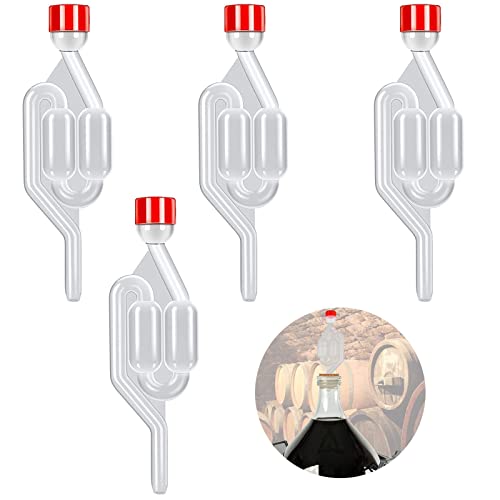I'm going to have to resurrect this thread because of my issue. I use a stainless steel conical fv. I made a belle saison fermented yeast a couple brews ago. Afterwards, I soaked with VWP and hot water, and made sure to drain using both the dump port and racking arm. After cleaning, I rinsed (again, with both ports) and dried. Before use, I used chemsan and swirled it around, releasing some from the ports. I put the lid on and shook to ensure all surfaces were covered, with the hose I was going to use having had the dilution pushed through it and it was left in. This then stayed in the fermenter for the entire boil, so a good hour. After draining (I don't do anything between, don't fear the foam!) I actually transfered the wort hot into the fermenter using the hose to the bottom port. Boiling hot. There should not have been any issue, right? The ale fermented out 1.008 with a non-dia yeast. I put this down to the overnight mashing I did, which could have really converted a lot more of the polysaccs than I was accustomed to. After this, I then did another brew. Cleaning process had been repeated. This time I did chill but the mash was normal so should have had polysaccs left, but again, this time fermented out to 1.006/7 using another ale yeast (Mangrove Jack's Liberty Bell).
What gives and how can I fix this? I'm going to borrow a caustic and booster solution from work and put all solid SS parts in the oven at this rate...





















![BREWING THERMOMETER STICKERS ACCURATELY MONITOR FERMENTING BEER & WINE LIQUID TEMPERATURES 5PCS HOME BREW SPIRITS WINE LCD ADHESIVE [US]](https://m.media-amazon.com/images/I/311DDjo2X3L._SL500_.jpg)


















